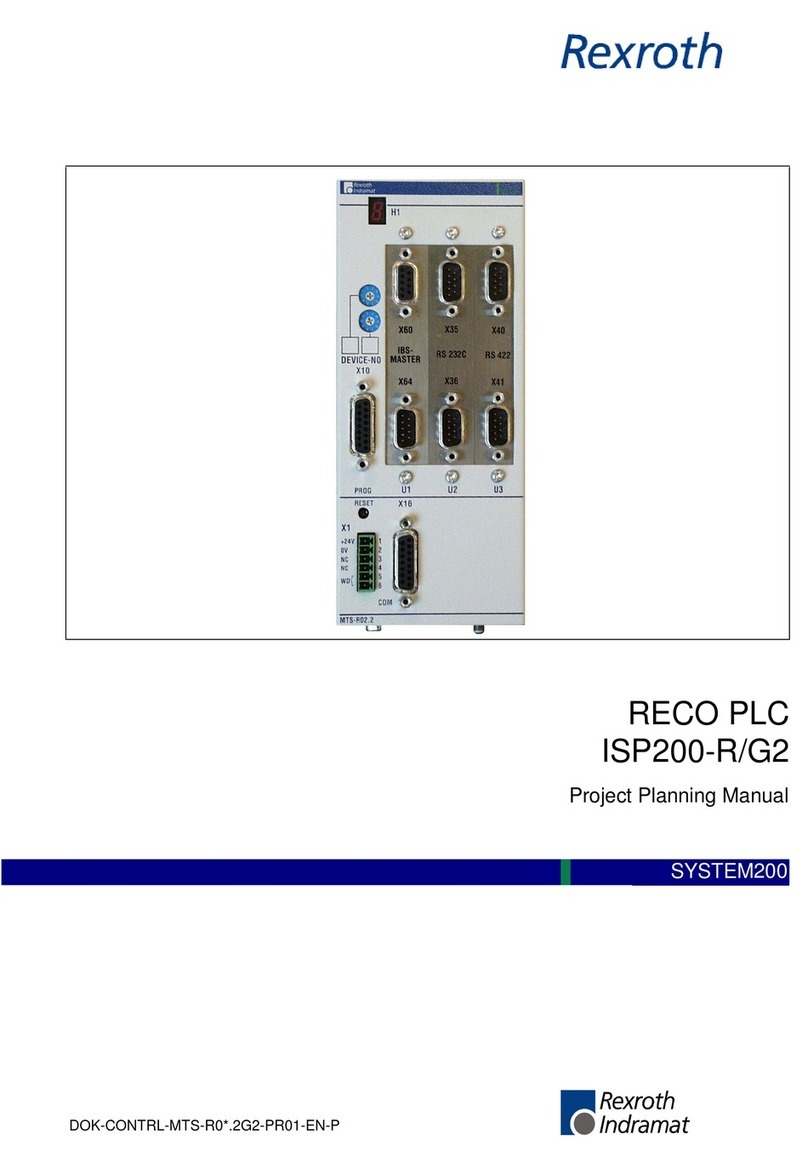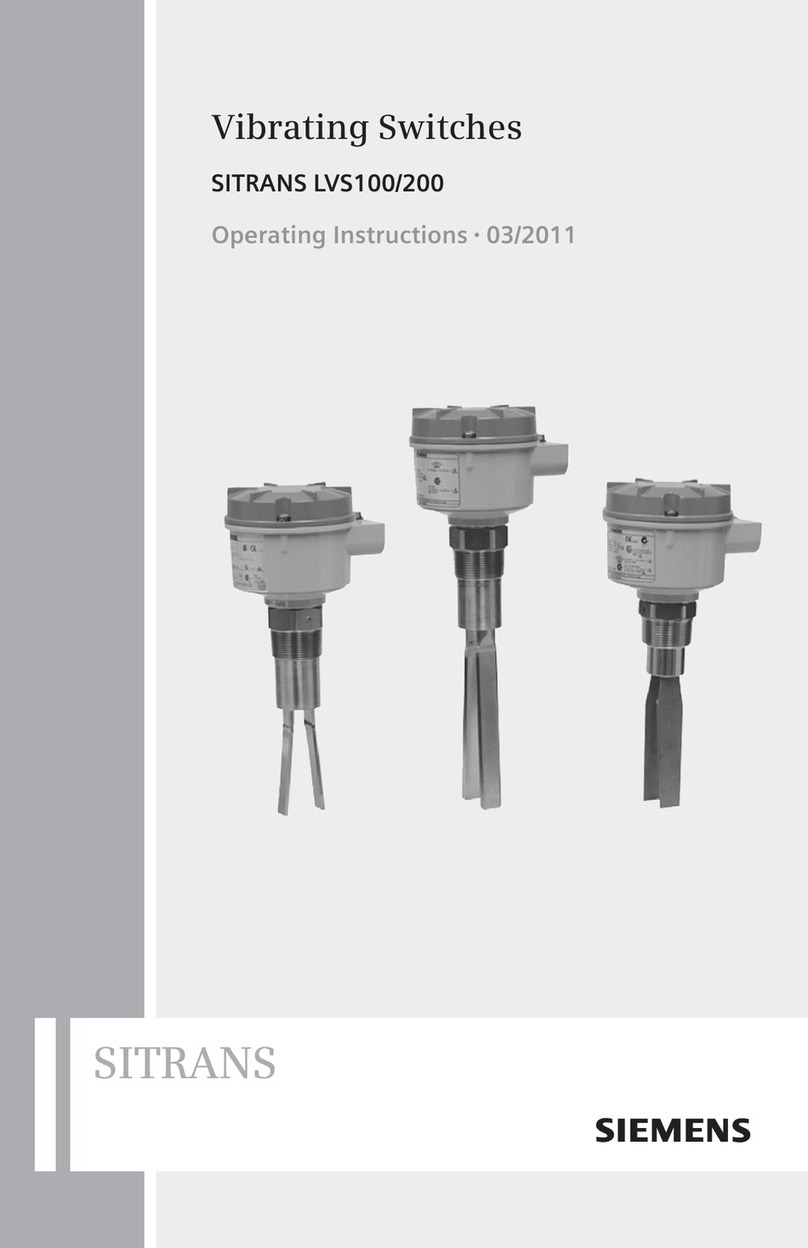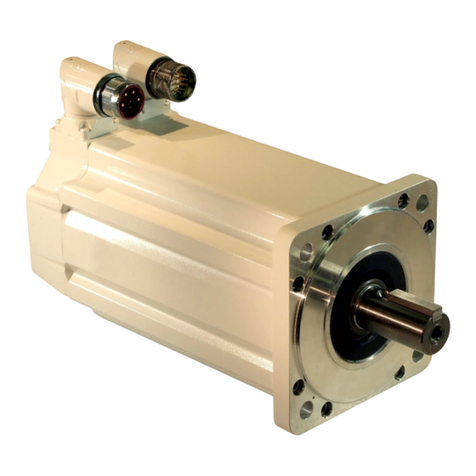INDEX
1. INTRODUCTION ........................................................................................................ 2
2. INSTALLATION INSTRUCTIONS .............................................................................. 3
2.1 EMC Requirements .................................................................................................. 3
2.2 Unit Mounting ........................................................................................................... 3
2.3 Connections General ................................................................................................ 4
2.4 Internal Controls ....................................................................................................... 5
2.5 Transducer connections (LVDT and half bridge) ...................................................... 6
3. CONTROLS ................................................................................................................ 6
3.1 Voltage/Current Output ............................................................................................. 6
3.2 Coarse Gain Selection ............................................................................................. 6
3.3 Fine Gain (On front panel, labelled GAIN) ............................................................... 6
3.4 Coarse Zero ............................................................................................................. 6
3.5 Zero Input .................................................................................................................7
3.6 Fine Zero (On front panel, labelled ZERO) .............................................................. 7
3.7 Over-Range Indicator ............................................................................................... 7
3.8 Excitation Voltage ..................................................................................................... 7
3.9 Excitation Frequency ................................................................................................ 7
3.10 Master/Slave ........................................................................................................... 7
4.0 SETTING UP PROCEDURES ................................................................................. 8
4.1 LVDT & Half Bridge (Differential Inductance) Transducers ...................................... 8
5. SPECIFICATION ........................................................................................................ 9
6. WARRANTY ...............................................................................................................10
1. INTRODUCTION
The AP5102 is a single channel signal-conditioning unit for use with transducers requiring
AC excitation and synchronous demodulation, producing a DC output voltage or current.
The AP5102 incorporates a DC-DC converter ensuring that the output of the unit is
electrically isolated from the supply.
Units may be master-slaved in systems where carrier frequency beating is a problem.
The unit is housed in a DIN-rail mounting thermoplastic case with recessed screw-clamp
terminals for all connections and 25-turn front-panel-accessible span and zero
adjustments.
All other controls are internal including coarse gain and zero switches, a zero input switch
and jumper links for master/slave setting and excitation frequency setting.
The unit is suitable for use with the complete range of STI LVDT transducers.
2



























